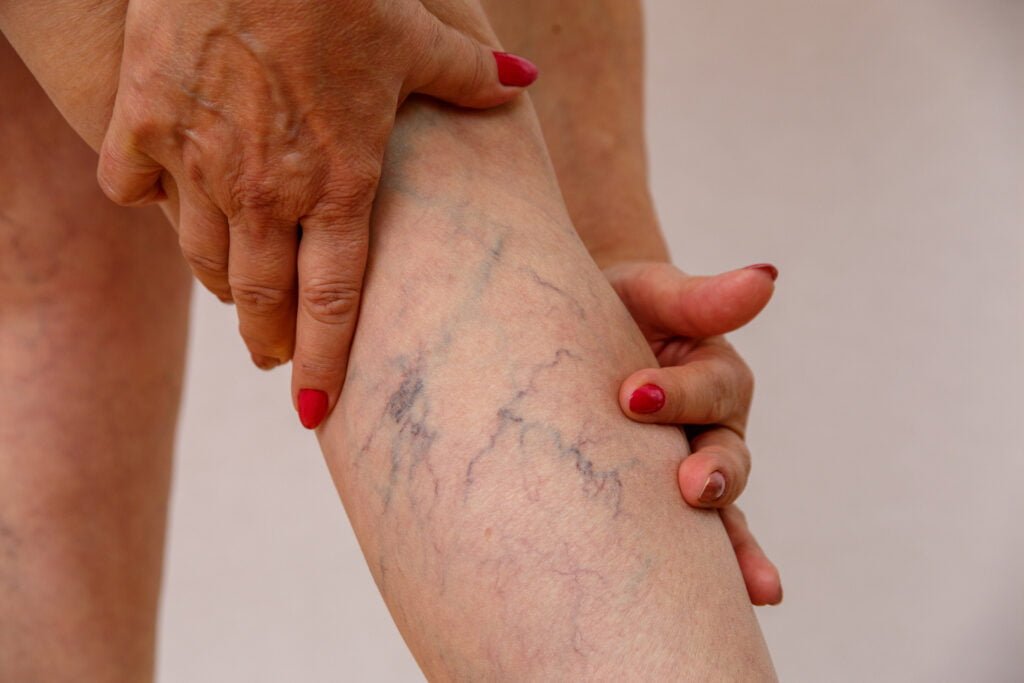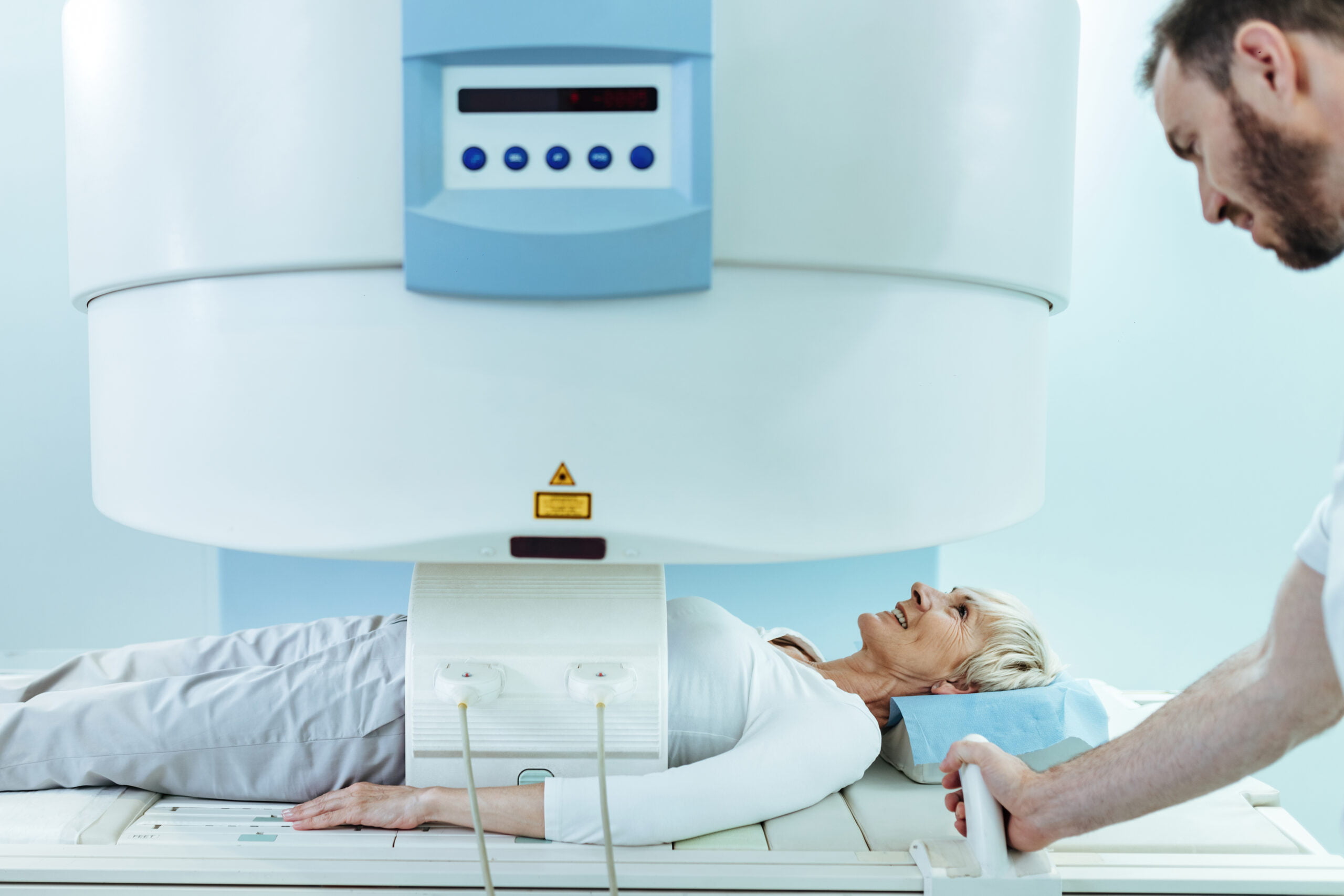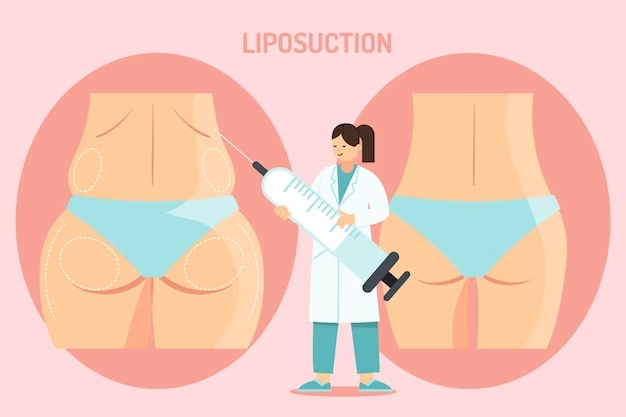
Lipedema Research: Progress and Prospects
Avinav
July 25, 2023

Lipedema, a chronic and misunderstood illness, affecting millions of women worldwide. It causes unwanted fat accumulation in the lower limbs and severe swelling. Lipedema research is scarce despite its prevalence. However, recent advances in understanding the illness have led to potential diagnosis and treatment. This blog will discuss the newest lipedema research and its prospects.
Advancements
Diagnosis Progress: Lipedema must be diagnosed and treated early. Lipedema was often misdiagnosed as obesity or lymphedema, delaying treatment and distressing patients. Diagnostic tools have improved lipedema detection. Clinicians now use clinical examination, medical history, and imaging methods including MRI and lymphoscintigraphy. These strategies can diagnose lipedema earlier. Healthcare personnel now recognize lipedema symptoms faster, ensuring patients receive immediate treatment.
Genetic Insights: Lipedema researchers have found genetic variables that may cause the illness. Researchers found fat metabolism and inflammatory genes that may cause lipedema. Targeted lipedema treatments are possible as genetic knowledge grows. Early intervention and prevention may be possible with genetic testing.
Treatment methods: Lipedema treatment has focused on symptom management and quality of life. MLD, compression therapy, and exercise reduce swelling and pain. These approaches do not address fat accumulation. Lipedema-specific surgeries have showed promise recently. Tumescent and water-assisted liposuction can selectively remove lipedema-related fat. These aesthetic liposuction methods are less intrusive, scar less, and last longer. Regenerative medicine promises non-surgical treatments. Stem cell therapy and platelet-rich plasma (PRP) injections may alleviate lipedema-related inflammation and fat accumulation.
- Progress in diagnose methods
- Genetic Insights diagnosing lipedema
- Treatment Methods
- Diet and health care
- Awareness for lipedema
- Researches in lipedema for future
Health and Diet: Lipedema care requires a multidisciplinary approach that involves nutrition and lifestyle changes. Diet does not cause lipedema, although keeping a healthy weight might improve symptoms and well-being. Inflammation-reducing and lymphatic-flow-boosting diets may help manage lipedema. Customized workout programmes improve circulation and alleviate pain.
Patient Advocacy: Lipedema awareness has grown significantly. Visibility has increased research funding and motivated doctors to examine and treat lipedema. Lipedema patients have relied on patient advocacy groups for support, information, and motivation. The community’s awareness of the condition grows, enabling more research and possible breakthroughs.
Future prospects: Lipedema research is hopeful. More doctors will be able to diagnose the illness as awareness grows. Genetic investigations may reveal underlying pathways, enabling targeted therapy and prevention. Long-term lipedema treatments are possible thanks to surgical and regenerative medicine advances. Patients may have more non-invasive surgery alternatives. Lipedema patients will likely receive medicinal, dietary, and lifestyle therapies as holistic approaches become more popular. As lipedema research advances, quality of life will improve.
Conclusion
Lipedema research has improved patients’ perspective. Diagnosis, genetics, treatment, and patient advocacy have improved lipedema patients’ futures. Lipedema will be better understood, treated, and managed to enhance millions of lives as research and awareness continue.
To connect with us click on the button below
To know more fill in the details below:
Recent Posts
Have Any Question?
Lipedema is a condition that causes excess fat to accumulate in the lower part of the body.
- +919515106591
- srinageshlipedema@gmail.com



